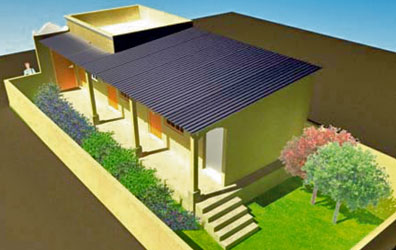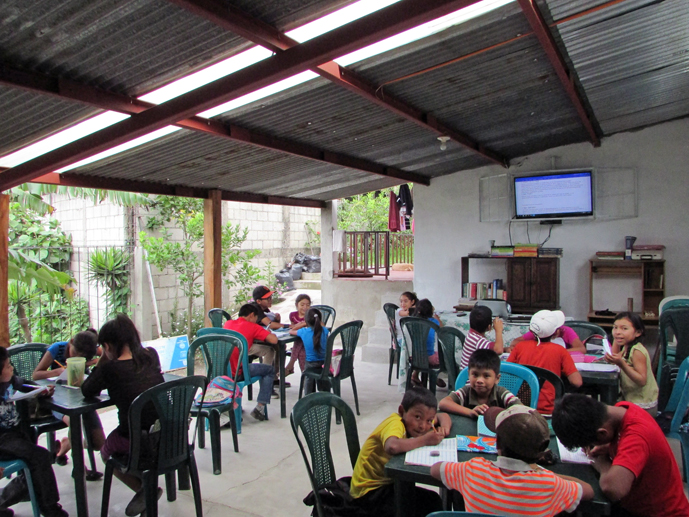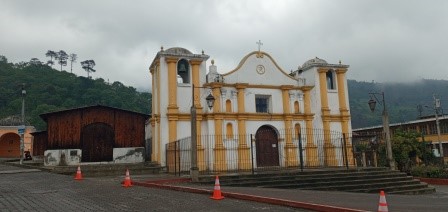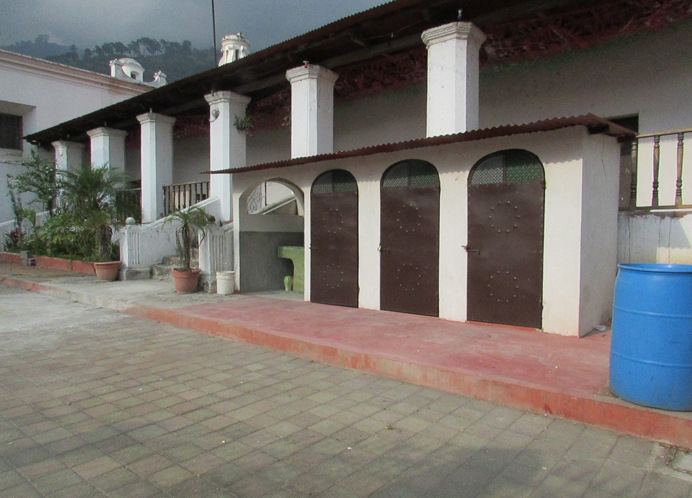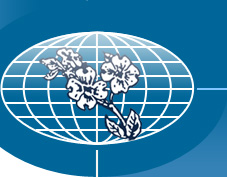 |
Jepa Foundations Education and Authentic Development |
||||||||||||||||||
|
|||||||||||||||||||
|
|
AlotenangoIn the center of Alotenango two public wash-tubs (Pilas) still in use by the community, were restored in 2007 with preservation of their original colonial design. One “lavadero” (see in the image) continued to be damaged by an intense traffic of buses. Therefore a further restoration had to be made by the Municipality in 2021. The decaying façade of the old municipal building was also restored, and a project for the central plaza (extending to one side of the volcano) was suggested but not executed. A restoration of the central plaza was later performed by the Municipality. The Foundation has elaborated a model house aiming to provide low cost (~ 6000 USD x 70 m2) and decorous living in rural and in urban areas, in Guatemala as well as in other developing Countries, lessening the dependence upon energy providers, and including ecological features such as pollution and waste control. No direct involvement of the beneficiary in the actual construction was required, and the obtainment of a mortgage was greatly simplified by cooperation with a local bank. Only one house was built in Alotenango sharing the cost between the beneficiary, the Municipality and the Foundation. A social enterprise willing to be involved in the project was not found. The basic architectural and ecological features of the Jepa Model house are described in detail in the literature (Document 2: La Chimica e l’industria 2009). Due to lack of interest on the part of municipal authorities, the project was not implemented. In 2016 an extension of the model house extending toward the volcano was transformed on a covered platform meant to be used as a covered area for educational courses for children with learning problems within the community. The project had a good start, but it was regrettably terminated in 2021 due to the owner decision of using the platform for additional living space.
Santa Catarina BarahonaSeveral restoration projects were run in the main square of the town of Santa Catarina Barahona thanks to a constructive agreement between the Foundation and the Municipal Mayor had been established. Due to other successful activities, such as the municipal dental clinic and the project of running Jepa courses, the town was regarded by the Foundation as a “model town”. A large oratory belonging to the main church was completely rebuilt and several smaller artifacts on the main square were restored (see figure). A turning point occurred when in 2017 a latrine was built by the local religious Roman Catholic authorities right in the front of the main church, built in the seventeen century (see figure). The Foundation complained with the main Catholic authority in Guatemala and also with UNESCO. However, the Mayor (evangelist) failed to denounce the improper construction, the latrine is still there. In Santa Catarina the main access to the main square is a short two blocks street characterized by an unpleasant sequence of façades. A feasibility study promoted in cooperation with the Planning Office of the Municipality shows the suggested renovation for the individual buildings. The cost will be sustained by individual owners with variable contributions from the Foundation and the Municipality. The execution of the projects has been delayed to a later time.
|
||||||||||||||||

